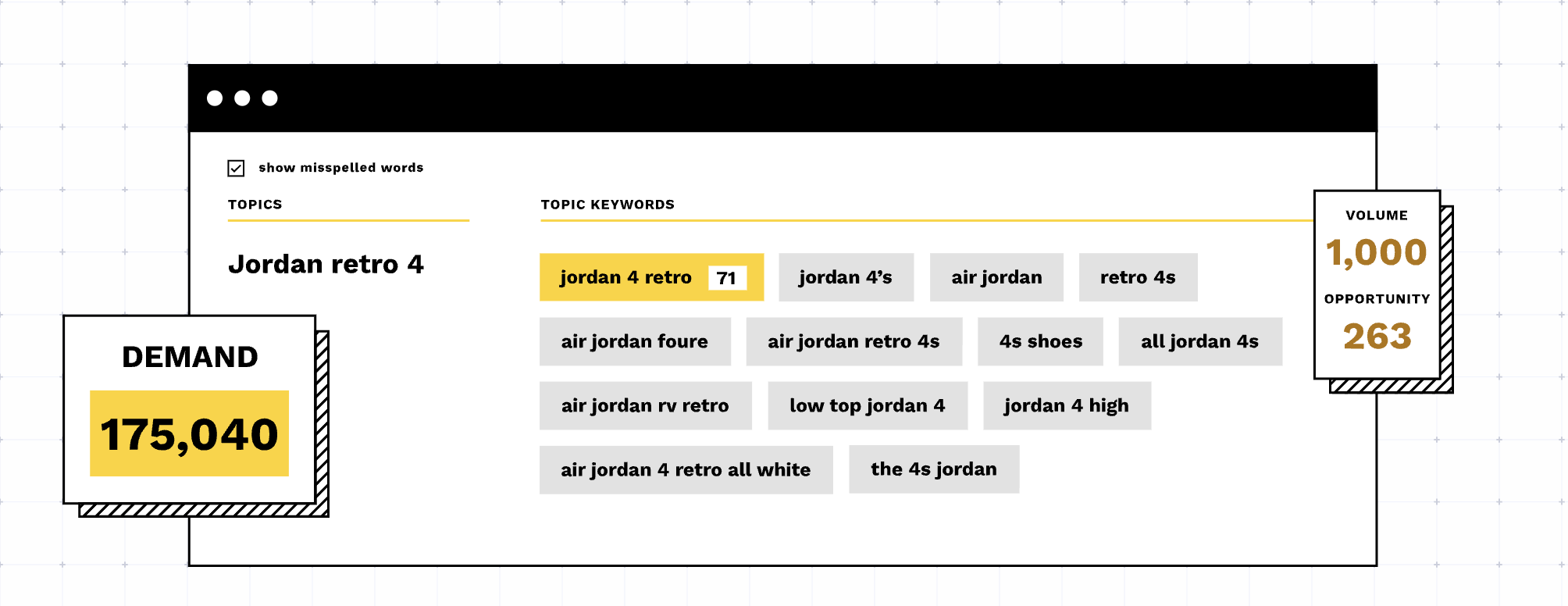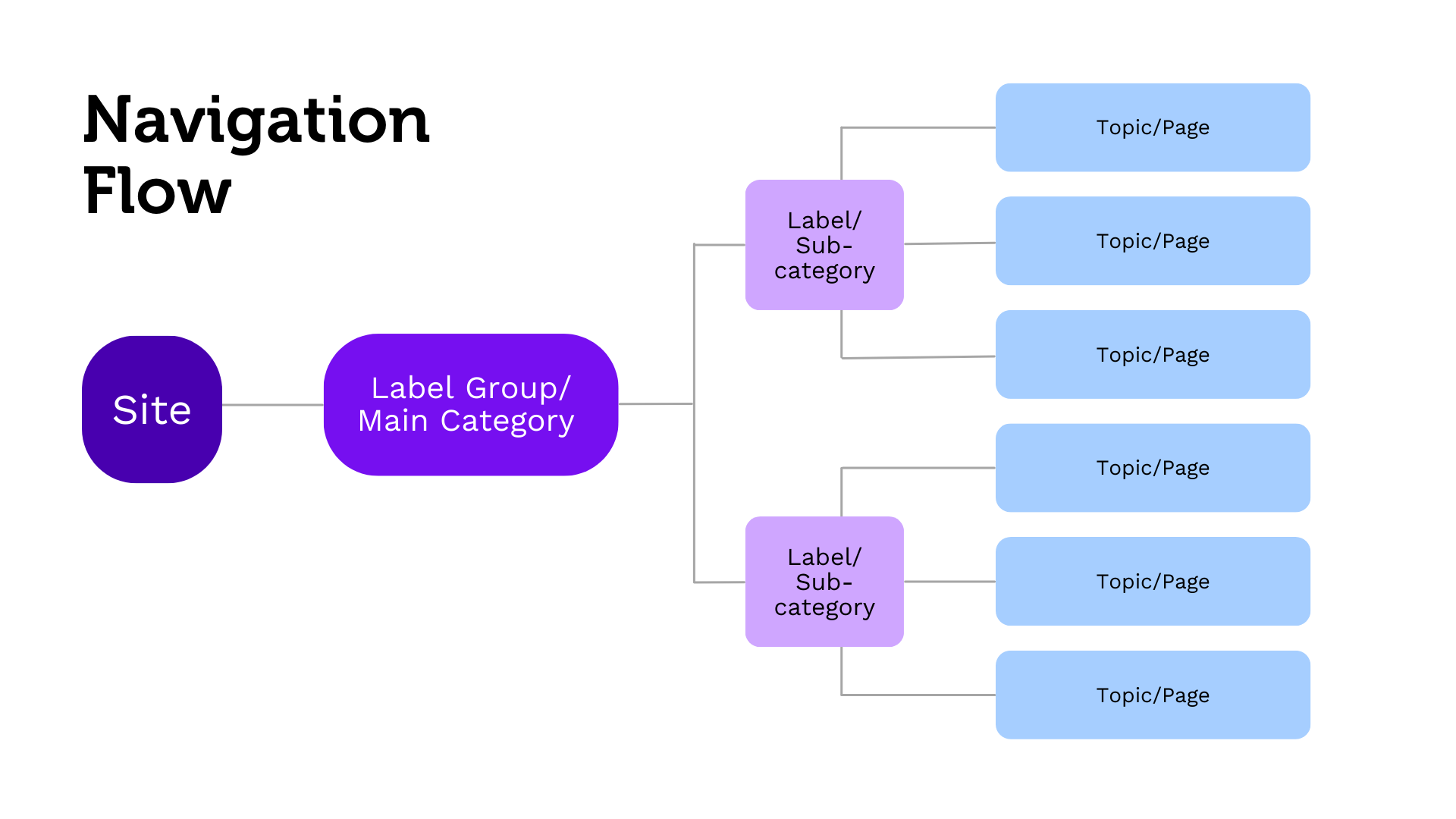
April 18, 2023
SEO Recipe | How to conduct keyword research in 3 steps
Looking for ways to improve your website’s traffic? It’s time to find the best keywords to rank for.
Keyword research is essential to improving your SEO. It helps you understand what your audience is looking for to create relevant content that resonates with them and drives traffic to your website. Still, it can be a very time-consuming process.
Don’t worry, we are here to help with our new SEO recipe. In this blog, we are looking at the old-fashioned way of how to conduct keyword research so that we can explore the best method to speed up the process without sacrificing the quality of your research.
Let’s dive into further details on how to conduct keyword research in 3 steps.
Improving the process of running keyword research
Let’s start with a common challenge.
“I have multiple competitors. How do I bring them all together to find the topics they rank for?”
For many businesses, a competitor’s keyword research can be the key to boosting website traffic. By looking at the topics that your competitors are ranking well on, you confirm what would work well for you and the hidden opportunities you can tap into.
How do you bring all keywords together, then?
This is where the real challenge starts.
Let’s compare the traditional approach of how to conduct keyword research and how we can improve it.
How to conduct keyword research – the traditional approach
You can’t improve a process if you don’t review the steps you are currently following.
This is the traditional process you’re probably following when running keyword research:
- Brainstorm on the topics you want to focus on
- Turn topics into keywords using an SEO tool
- Add them all in one document
- Analyze keywords with an SEO tool (search volume, keyword difficulty, competitors, search intent, etc)
- Add the best keywords to a spreadsheet
- List various keywords from different competitors
- Merge all keywords
- Prioritize the ones you want to focus on
- Create a final list with the top priorities
After one spreadsheet, multiple competitors, one or more SEO tools, and numerous changes of tabs, you have your list of top keywords to focus on.
This is an organized way to conduct keyword research but there are a few problems with the process:
- For several tools, running keyword research is not as intuitive as it should be
- You may need to use different tools or documents to jump from one step to the next one
- You certainly need to change various tabs in between all steps (attention span, anyone?)
- Downloading keywords from multiple competitors leads to a time-consuming process of reviewing and merging them
- It’s a manual process of many steps to find, analyze, or organize your keywords
In other words, keyword research can feel very manual and time-consuming if you choose the traditional approach.
What’s the alternative? We have a solution for you.
How to conduct keyword research using Similar.ai
Keyword research doesn’t have to be complicated.
That’s why we wanted to share our own process of how to conduct keyword research in 3 steps using Similar.ai:
- Research keywords by adding several competitors’ sites in one search
- Analyze them all in one place – choose what matters the most to you
- Prioritize and merge them to turn the keywords into topics
Let’s look at the three steps in more detail.
#1. Research keywords
You can start your keyword research by monitoring what your competitors are ranking for. The first step when using Similar.ai is to add all your competitors in one place.
In the Setup, add all the domains that you want to include.

In the Keyword Ingredients, you’ll see the list of your competitors.

Right after selecting your competitors, click on Fetch to get the data for the keyword analysis.

Want to find out more about the process? Follow our detailed step-by-step guide on how to add competitor keyword ingredients using Similar.ai.
#2. Analyze keywords
Now it’s time to review your competitors’ keywords. This is where you can tweak the recipe to find the keywords that make sense for you. We’ll be using the Workbench for now.
Let’s say you want to find out how your competitors are ranking for ‘keyword research’. You add a rule that the keyword should contain the term ‘keyword research’ to narrow down your search.

You can add multiple rules to narrow down your search even further, based on volume, domain, source, position etc.

Once you finalize the rules, you can see the available keywords that your competitors are ranking for. If you want a broad search, you can stick to just a few rules. If you want to be more specific, you can only get a few results that will be very relevant to your needs.

#3. Prioritize keywords
The Similar AI toolbox will automatically group your keywords into topics, or groups of keywords for which search engine users would expect to see the same results. From here, you can pick the most important ones for you.
Why do you want to create Topics? It’s an easy way to organize multiple keywords to increase your ranking efforts while you are also able to check your existing content so that you don’t cannibalize it.
Let’s see how it works. Still on the Workbench, you click on Topics. As previously, you can filter the available topics based on the rules that make more sense for you.

In this case, we want to find topics around ‘keyword research’. This is a list with all the variations around ‘keyword research’ along with their position, cpc, and traffic.

This is a great way to discover new topics without performing multiple searches.
Once you have the topics that make the most sense for you, our toolbox can check whether you are already ranking for them, or whether you have an existing page. This is another way to save time and create content that delivers incremental organic traffic.
What’s next?
Just like that, you pick the best keywords from what your competitors are ranking in just three steps. It’s not about the number of steps, though.
It’s about spending all the time you need with just one tool, from start to finish.
Pull all the keywords from your competitors, filter them, review the topics, and save your list without switching tabs or different tools.
The goal is to build a more intuitive experience where all the steps interlink. The more you test this approach, the easier it becomes to save time and reduce friction.
Does this process sound appealing? Try Similar.ai today.
You may also like


